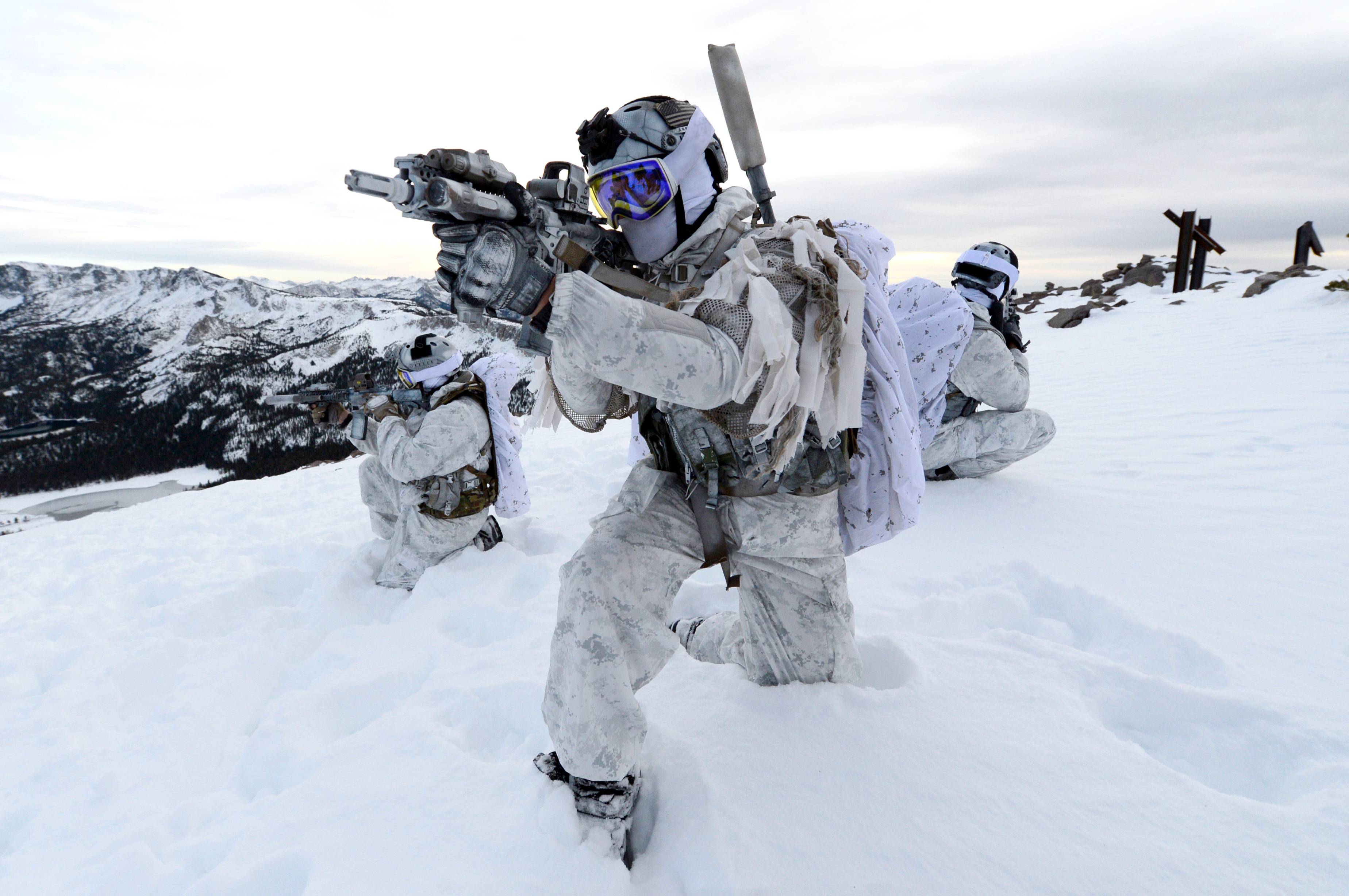The Chinese weather balloon that was spotted over Montana has raised many questions among the American people. Some are asking, “Why did it take so long to spot, and why haven’t we shot it down yet?”

Furthermore, some are wondering if this is merely a thinly veiled attempt to probe our defenses and gauge the reactions of our leaders. Could a system like this be used as a high-altitude method of delivering an EMP strike?
Unfortunately, we do not have many answers from our government. Their response has amounted to the equivalence of an old man shaking his fist at a squirrel and yelling, “Get off my lawn!”
What we do know:
- Jets were mobilized, but Pentagon leaders advised the president against a strike.
- Balloons of this type may fly at an altitude of 80,000-120,000 feet.
- Fighter jets like the F-15 Eagle and F-22 Raptor have an operating altitude of around 65,000 feet.
- U.S. officials say debris from shooting down the balloon would pose a threat to civilians, and they claim it cannot gather any additional information than a satellite would.
- Canada has summoned the Chinese Ambassador, Cong Peiwu, to account for the supposed Chinese weather balloon that traveled through Canadian airspace to enter the United States.
- The Chinese Foreign Ministry claimed, “It is a civilian airship used for research, mainly meteorological, purposes.”
- U.S. Secretary of State Antony Blinken has postponed his planned trip to Beijing.
Hard to kill
Although we don’t know the exact size, balloons of this type are typically massive. NASA’s standard weather balloons have a volume equivalent to more than 195 Goodyear blimps. Because of the high-altitude, the air pressure inside the balloon is extremely similar to the pressure outside. Considering they were designed to stay airborne for long periods of time, one may assume they are very difficult to deflate.
In 1998, a Canadian weather balloon drifted off course towards Russia. Three separate countries sent jets to shoot it down, but to no avail. It was hit with over 1000 rounds from a jet’s main cannon, but the holes did not let out enough gas for it to descend. Subsequently, they tried rockets, but the munitions punched straight through the thin canvas and out the other side without detonating. That paired with the massive size, these types of balloons extremely hard to kill.
Although we don’t know the exact size, (some defense officials claim it may be the width of several buses), balloons of this type are typically massive.



%201.svg)









